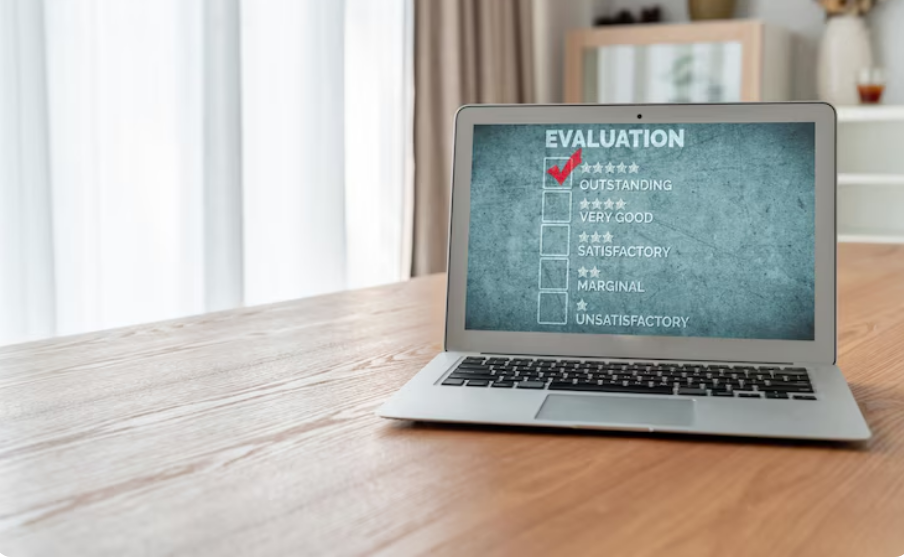Introduction
Benchmarking isn’t just a performance review—it’s a high-impact strategy to sharpen decision-making. Businesses leveraging benchmarks don’t just track success; they define it. By comparing internal metrics against industry standards or competitors, leaders get a clear view of where they excel, where they lag, and what’s possible.
Strategic decision-making today requires more than intuition and historical data. It demands insights drawn from business benchmarks, market comparisons, and real-time performance metrics. According to a McKinsey study, companies that use benchmarking as part of their decision-making process are 30% more likely to exceed revenue goals. That’s not a coincidence—it’s clarity in action.
This article breaks down how benchmarking drives strategy, the tools that make it effective, and how platforms like Compare2Compete make it practical. If you’re aiming to shift from guesswork to data-driven decisions, this is your roadmap.
What is Benchmarking?
Benchmarking is a structured method for comparing your company’s performance against industry leaders or best practices. It’s used to measure everything from marketing ROI to operational efficiency and customer retention.
Types of Benchmarking:
- Internal: Compare across departments or locations
- Competitive: Analyse performance relative to direct competitors
- Functional: Compare functions like HR or IT against companies in other sectors
This is more than surface-level comparison. Effective business benchmarks reveal strategic blind spots. For example, if your customer churn is 15%, but the industry average is 7%, you’ve got actionable insight that demands attention.
Key Metrics to Benchmark:
- Conversion rates
- Operating costs per unit
- Revenue per employee
- Net Promoter Score (NPS)
Without benchmarks, “good performance” is just a guess. With them, it’s measurable, targeted, and strategic.
How Benchmarking Fuels Strategic Decision-Making
Strategic decision-making is fundamentally about prioritizing investments, people, and processes. Benchmarking adds critical context.
When C-level leaders assess performance, internal metrics alone don’t show the whole picture. A company might improve sales by 10%, but if the market average is 25%, that “growth” actually signals underperformance.
Benchmarking empowers leaders to:
- Prioritize improvements where gaps are largest
- Set realistic, data-driven targets
- Justify strategic pivots based on market positioning
A Harvard Business Review case study showed that a logistics firm reallocated 20% of its marketing budget after benchmarking revealed underperformance in digital compared to its peers. Within 12 months, digital conversions rose 35%.
Strategic benchmarking isn’t just an analytics tool—it’s a strategic compass.
Benefits of Benchmarking for Strategy
Benchmarking’s value is in what it enables. Here’s what you gain:
- Performance clarity: Know exactly where you stand
- Faster decision-making: Cut down on indecision with hard data
- Targeted resource allocation: Invest in areas with the biggest gaps
- Competitive advantage: Understand how top performers operate
- Operational efficiency: Spot bottlenecks others have solved
Used consistently, benchmarking creates a culture of continuous improvement, where performance metrics guide every major business decision. That cultural shift has a compounding effect on growth and agility.
Implementing Effective Benchmarking
Benchmarking isn’t plug-and-play. It requires intention, structure, and tools.
Step-by-Step Framework:
- Define objectives: What do you want to improve?
- Select KPIs: Align metrics to strategic goals
- Gather reliable data: Use internal analytics + external reports
- Choose benchmarks: Industry, regional, or competitor
- Analyse the gaps: Where are the outliers?
- Develop action plans: Integrate insights into strategic priorities
Tools to support this:
- BI dashboards (like Power BI, Tableau)
- CRM & revenue intelligence software
- Benchmark databases and Compare2Compete
Don’t fall into the trap of comparing for the sake of it. Only benchmarks aligned with business priorities drive strategy.
Compare2Compete: The Practical Solution for Benchmarking
Compare2Compete is purpose-built to address a core problem: businesses lack access to real, contextual benchmarks. Their platform turns raw data into competitive clarity.
How it helps:
- Provides industry-specific benchmarking in real time
- Offers custom performance metric dashboards
- Highlights competitive gaps and suggests actionable moves
- Integrates with your CRM and BI tools for seamless analysis
A B2B SaaS company using Compare2Compete reduced CAC by 22% in six months after identifying low LTV compared to peers. That’s the power of actionable benchmarking.
This platform isn’t just diagnostic—it’s prescriptive. For companies serious about strategy, Compare2Compete is essential.
Common Mistakes to Avoid
- Using outdated benchmarks
- Comparing with irrelevant industries or scales
- Not aligning benchmarks with strategic goals
- Failing to act on benchmarking insights
Benchmarking without execution is just expensive reporting. Make sure insights drive change.
Real-World Examples
Case Study: Retail Chain Expansion
A mid-sized retailer used benchmarking to evaluate whether expansion into a new region made sense. Industry benchmarks revealed higher logistics costs and lower brand awareness in that region, prompting a shift to digital-first market entry—saving them over $1M.
Case Study: SaaS Pricing Strategy
A SaaS firm compared ARPU and churn rates with 50 competitors. Data showed they were under-pricing for premium features. A new tiered pricing model increased revenue per user by 18% in one quarter.
Conclusion
Benchmarking is more than a reporting tool—it’s a strategic accelerator. It enables smarter decisions, sharper planning, and stronger performance by turning performance metrics into actionable insights.
With the right tools, like Compare2Compete, benchmarking becomes scalable, accessible, and genuinely transformative. Instead of guessing what works, you’ll know. Instead of reacting, you’ll lead.



